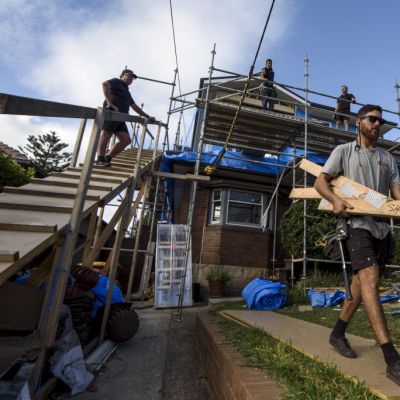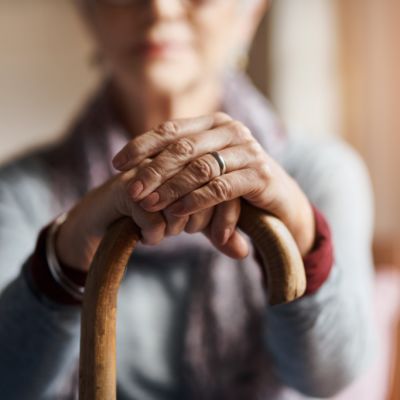Social housing and a permanent JobSeeker increase needed to curb family homelessness: report

The growing number of homeless families across Australia has been laid bare in a new report that calls for more affordable long-term housing and better financial support from the federal government.
Some 64 per cent of people who sought support from specialist homelessness services were families in 2017 to 2018, the Homelessness Service System to Support Families report for the Australian Housing and Urban Research Institute (AHURI) found, warning of a disproportionate increase in recent years.
A permanent increase to JobSeeker (formerly Newstart) with no activity test and more investment in social housing were needed to help those families have long-term, affordable and appropriate accommodation, one of the report’s authors UNSW Sydney associate professor kylie valentine* said.
“If somebody is in crisis and they are at risk of homelessness because they can’t afford their rent, they are two things that have been advocated for for a long time that would be very, very helpful,” Professor valentine said.
The report showed there were two main groups of families who needed assistance for homelessness – those experiencing domestic violence, and those who had financial and housing affordability issues.
“Those two groups have really different needs,” Professor valentine said. “Although their crisis needs will be similar, in terms of thinking about what is needed for them, what’s the best response, what integrated services are needed, there will be big differences.”
She said as both groups were classed as “families”, it was often difficult to assess their specific needs and that many of them were not visible as homeless in the same way as rough sleepers were.
“They will do whatever they can to avoid that, whether it’s sleeping in their cars or in overcrowded places or going from one couch-surfing house to another,” she said.
“Under-use of services by women experiencing family violence in particular is a huge unknown quantity.”
Despite this, domestic violence was the most common reason families reached out to homelessness services, Professor valentine said.
Many of them accessed the Safe at Home program, which allowed the victims to stay in the family home, while putting protections in place to prevent the perpetrator from entering the property.
Professor valentine said many of the mostly women who were able to stay in their homes through the program were then not able to afford the rent or mortgage on their own. This prompted changes to be made to the program, allowing victims to choose another, more affordable home.
“It can work very well, but it’s not a fix and part of the reason for that is because it is really dependent on the availability of affordable, accessible, safe, appropriate housing which in some places is just not available,” she said. “Safe at Home programs don’t work for everybody. We know in particular that they don’t work as well for Indigenous families as they should.”
The report noted Indigenous women were 35 times more likely to experience domestic and family violence than non-Indigenous women.
Professor valentine said Indigenous families were also more susceptible to, and concerned about, having their children removed due to domestic violence situations, and this was a barrier to them seeking help.
“People won’t call for help if they think their kids will be removed,” she said. “We know that women and children will stay in unsafe places if the options seem worse.”
She said all families experiencing homelessness often received good frontline support and crisis accommodation, but long-term assistance was lacking.
“The assumption that ‘you just need a little bit of help for a little while’ and then some people will need longer-term help but most won’t, is just not working and it hasn’t for ages,” she said.
*Name intentionally spelt in lower case on Professor valentine’s request.
We recommend
States
Capital Cities
Capital Cities - Rentals
Popular Areas
Allhomes
More
- © 2025, CoStar Group Inc.









